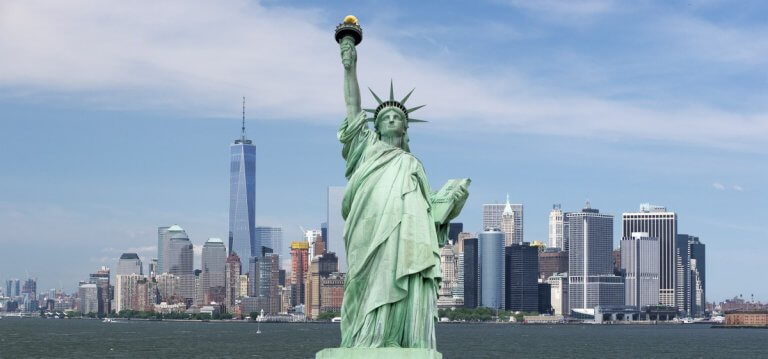
Over 6,000 fewer students received an F-1 or M-1 visa to study in the US between March 2017 and March 2018 compared with the previous 12-month period, despite some countries sending more students there, according to a survey by the Student Exchange Visitor Portal.
F-1 visas are needed to study academic courses in the US, and an M-1 visa allows you to explore vocational higher education courses, meaning far fewer international students were allowed into the US this year.
North America saw the most significant decrease in student visas, with a 1.7 percent drop in students being allowed to enter. This included over 1,000 fewer students from Canada and 350 fewer Mexican students.
Student visa allocations were also down in the two largest international student markets in the US: Europe (1.1 percent) and Asia (0.8 percent).

Fewer students from Europe and China were allocated student visas – but what about other regions? Source: Raul Najera/Unsplash
China and India, which collectively make up 49 percent of the US’s total student body, continued to send more international students.
Both countries saw between a 1 and 2 percent rise in student visa allocations. China sent 6,300 more students, while India sent an additional 2,300.
More students from Cambodia (15.5 percent), Burma (13 percent) and Pakistan (6.4 percent) chose to study in the US, according to the survey.
Despite this, 41 percent fewer students from Yemen, 17 percent fewer students from Saudi Arabia and a 7.5 percent drop in students from South Korea led to an overall decrease in the number of students from Asia studying in the US.
As for Europe, a decrease of 460 students coming from Sweden, 210 from Switzerland, 180 students from Russia and 170 from Norway outweigh the 280 more students from Italy, 210 from Spain and 120 from Albania who chose to study in the US.
South America, on the other hand, saw the largest increase in students getting F-1 and M-1 visas, with Brazil sending almost 3,000 more student than the previous one-year period.
Liked this? Then you’ll love…
Which country is home to the largest international student population?
Why international students are shunning Texas schools, universities







